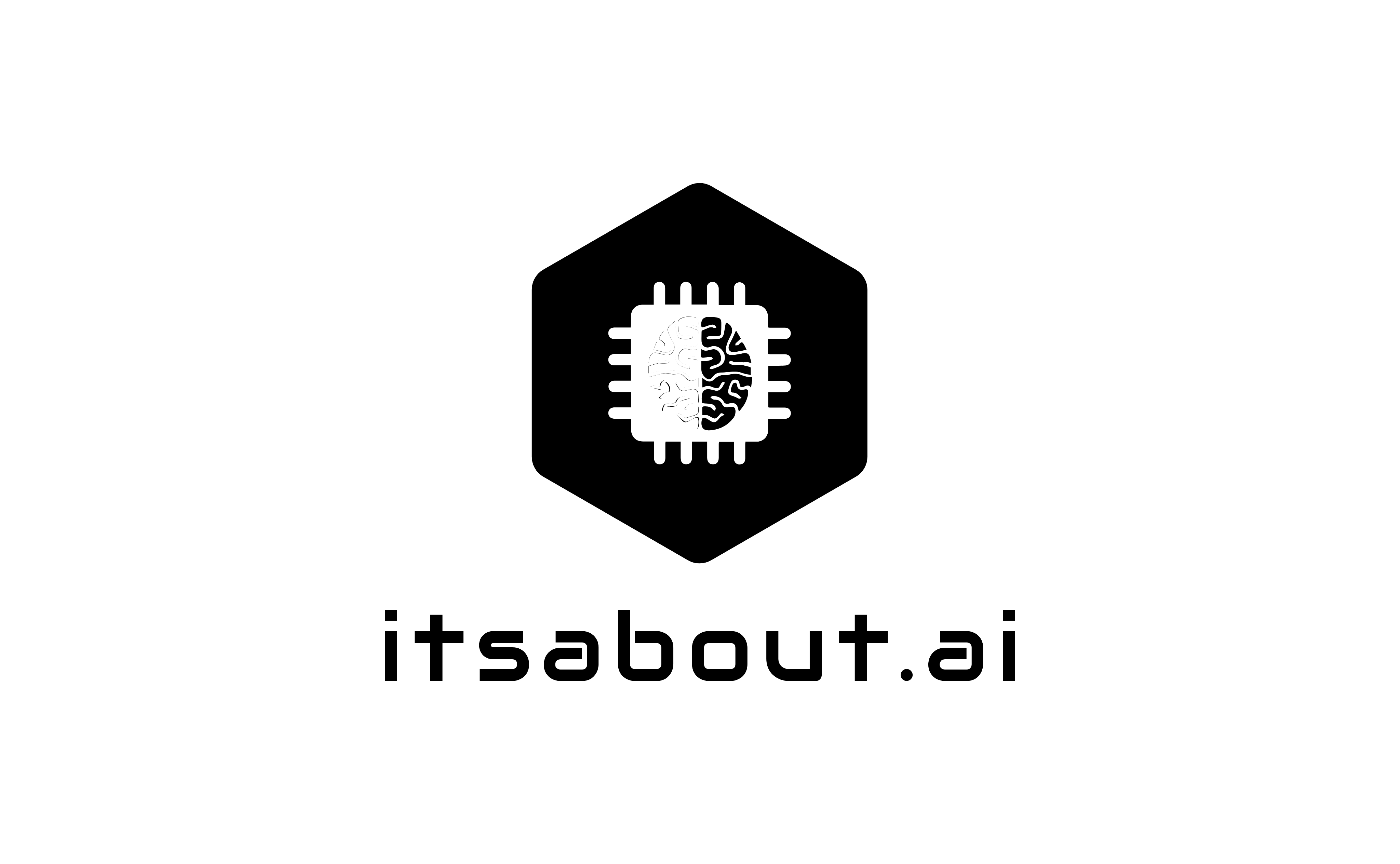From Renaissance to Algorithms: Could AI Usher in New Periods of Art?

Art history is often told as a story of periods — waves of creativity defined by new techniques, cultural values, and technological breakthroughs. The Renaissance brought perspective and realism; the Baroque era added theatricality and grandeur; Impressionism broke free of strict form with brushstrokes that captured fleeting light. Modernism, Cubism, Surrealism — each movement redefined what art could be, responding to the world and the tools of its time.
Today, we stand at another turning point. Artificial intelligence, once confined to mathematics and research labs, has entered the artist’s studio. Algorithms now generate paintings, music, film scripts, and even interactive experiences. And just as the invention of oil paint, the printing press, or photography gave rise to new art periods, AI art may mark the beginning of its own succession of styles and eras.
A Look Back: Periods of Human Art
Art history reflects both the evolution of technique and the cultural context in which it was created:
- Renaissance (14th–17th c.) – Humanism and perspective transformed art into a window onto the real world.
- Baroque (17th–18th c.) – Drama, grandeur, and emotion emphasised spectacle and spirituality.
- Romanticism & Realism (18th–19th c.) – One celebrated imagination and passion, the other depicted social reality and everyday life.
- Impressionism & Post-Impressionism (19th–20th c.) – A rebellion against rigid form, embracing subjectivity and perception.
- Modernism (20th c.) – Fragmentation, abstraction, and experimentation challenged tradition in an age of industrialisation and war.
Each of these movements was not just about style — it was about philosophy, responding to societal shifts, and enabled by new tools.
The Present: AI Art as a Medium
AI-generated art today feels less like a unified movement and more like an experimental playground. Models such as GANs (Generative Adversarial Networks), diffusion engines, and transformer-based systems can produce images that mimic Renaissance portraits, Japanese anime, surreal dreamscapes, or entirely novel visual languages.
But this very flexibility raises a question: if AI can replicate any style, does it have a style of its own? Or will its “periods” emerge not from its technical capacity, but from how humans use and interpret it?
Right now, we can already identify early phases:
- The Novelty Phase – AI art as a spectacle: people amazed that machines can produce convincing art at all.
- The Remix Phase – AI tools used to imitate and blend existing styles.
- The Collaborative Phase – Artists using AI as co-creators, where human intent directs the algorithm but the output surprises both.
The Future: Periods of AI-Generated Art?
If we follow history’s pattern, we may indeed see periods of AI art, defined not just by aesthetics but by the cultural questions we ask:
- The Authenticity Period – Focused on the tension between originality and machine replication.
- The Ethical Period – Driven by debates on copyright, authorship, and ownership of AI outputs.
- The Post-Humanist Period – Where AI art evolves into forms that humans would never conceive, ushering in a new visual language.
- The Integration Period – AI becomes invisible, seamlessly embedded in all creative work, just as photography became part of everyday communication.
Each of these stages could be seen as a new “movement” in art history — not dictated by paint or brushstroke, but by algorithms, ethics, and the relationship between human and machine.
What Makes AI Periods Different?
Unlike human-driven art movements, which often arose in specific geographies and communities (Parisian cafés for the Impressionists, Bauhaus schools in Germany, New York lofts for Abstract Expressionists), AI periods could be global and instantaneous. A new aesthetic could spread from Tokyo to São Paulo in minutes.
Moreover, while historical periods often emerged from human limitation — what could be done with pigment, stone, or perspective — AI’s trajectory may emerge from abundance. Limitless remixing, infinite canvas sizes, and non-human logic could push us into new territories faster than any single artist or collective could.
Conclusion: Periods Without Borders
AI-generated art is not just a continuation of art history; it is a mirror that reflects back on it. Just as the Renaissance was inseparable from its printing presses and patronage systems, AI art is inseparable from algorithms, datasets, and the cultural debates surrounding technology.
We may well look back decades from now and see that, yes — there were distinct “periods” of AI art. Perhaps not Renaissance or Impressionism, but eras defined by authenticity, collaboration, ethics, and integration. And maybe, for the first time in history, these artistic periods won’t be confined by geography, material, or medium — but by the evolving relationship between human creativity and machine intelligence.
